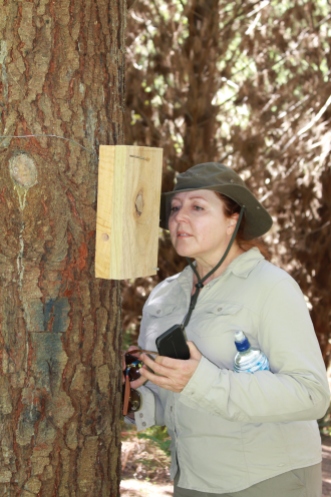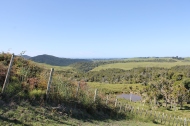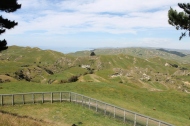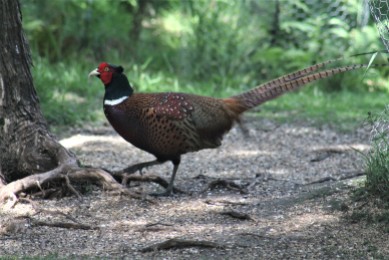In November 2016, John Cheyne and Hans Rook (Environmental Consultants) carried out a survey on the Whangawehi Catchment footprint with the idea of enhancing and better connecting the different ecosystems restored. Over the past two three years, the group has retired 42 ha of riparian margins, 5 ha of bush block and established 135 000 native trees. Pat and Sue O’Brien also retired 10 years ago a network of wetlands (40 ha) which brings the total area to 82 ha. This significant land area should attract and sustain large numbers of rare wetland birds including the Matuku or Bittern. The Matuku are so rare they have the highest New Zealand conservation threat ranking (Nationally critical) which is higher than Blue duck/Whio (Nationally vulnerable), Nort Island Kokako (Recovering) and North Island Brown Kiwi (Nationally Vulnerable). Nationally critical is the same conservation threat status allocated to Kakapo, Takahe, Shore plover and Black Robin. Matuku is the rarest heron in the world and it is estimated that the population in New Zealand today is only 750-800 birds.
This report gives suggestions on how to enhance our habitats to attract some of these rare birds. Pest control is obviously a MUST do if we want to bring back and sustain a Matuku population in the catchment.
Follow the link : wetland-survey



































